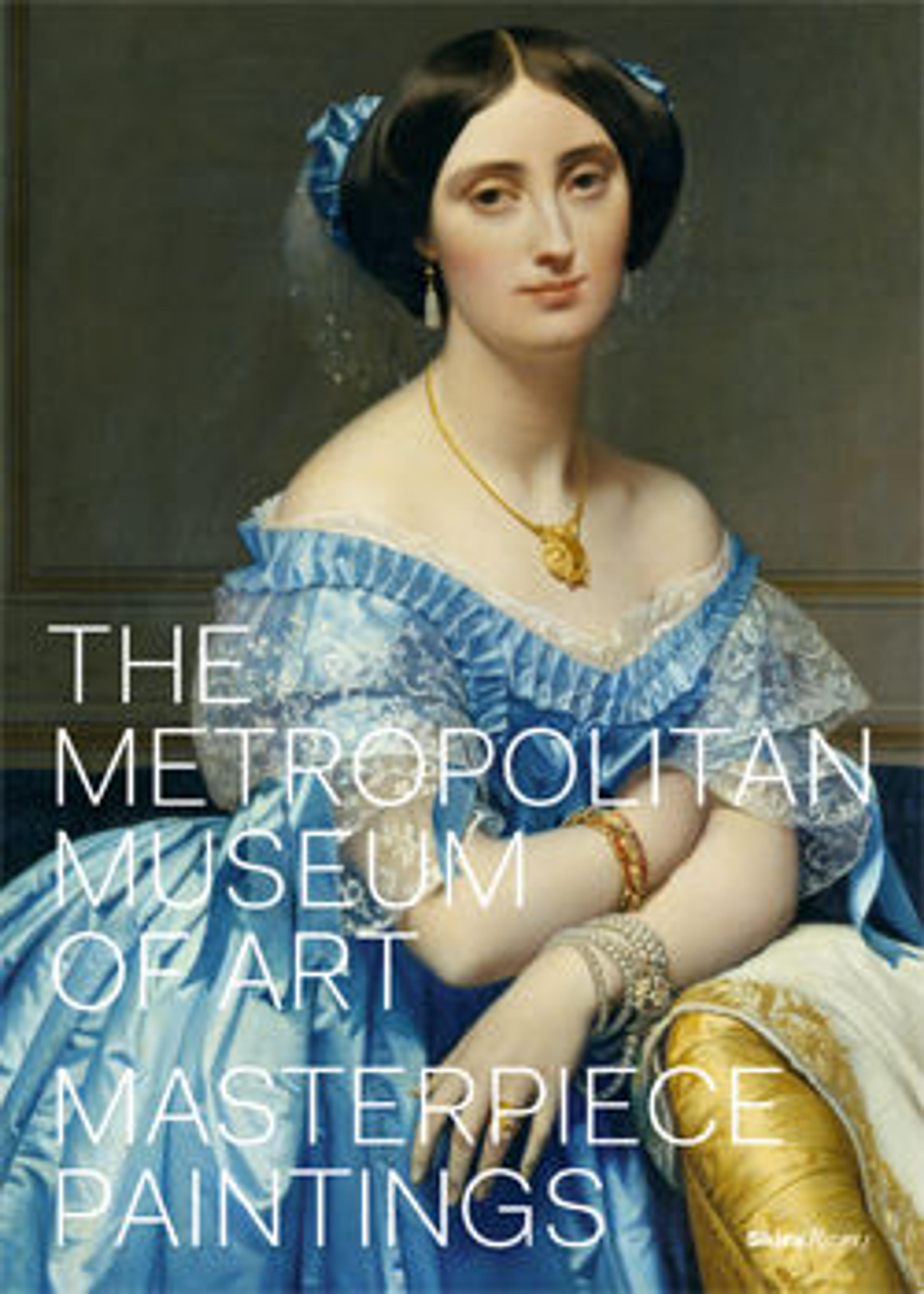Birds in a lotus pond
Focusing on a narrow band of the natural world, Birds in a Lotus Pond, datable stylistically to about 1690, shows the artist boldly experimenting with the highly absorbent medium of satin to create a daring composition of saturated ink lines and dots starkly set against a blank background. The scroll opens with the daringly abstract form of a torn lotus leaf that is precariously suspended from its bent stalk, which extends leftward above a cluster of half-hidden blossoms. The black leaf stands in contrast to a stark white boulder, defined only by its ink outline. Two fluffy chicks perch atop this boulder, apparently oblivious to their surroundings. On the shore beyond crouch two mynahs, their glances directed upward toward a final lotus leaf that looms above them. Balanced on the back of the second mynah is another tiny chick, its beak open in song or hunger.
The birds appear to personify the interaction of dark and light that animates the entire composition; the human-like expressions with which Bada has imbued them adds an unsettling quality to the already enigmatic composition.
The birds appear to personify the interaction of dark and light that animates the entire composition; the human-like expressions with which Bada has imbued them adds an unsettling quality to the already enigmatic composition.
Artwork Details
- 清 八大山人(朱耷) 蓮塘戲禽圖 卷
- Title:Birds in a lotus pond
- Artist:Bada Shanren (Zhu Da) (Chinese, 1626–1705)
- Period:Qing dynasty (1644–1911)
- Date:ca. 1690
- Culture:China
- Medium:Handscroll; ink on satin
- Dimensions:10 3/4 x 80 3/4 in. (27.3 x 205.1 cm)
- Classification:Paintings
- Credit Line:Bequest of John M. Crawford Jr., 1988
- Object Number:1989.363.135
- Curatorial Department: Asian Art
Audio
7366. Birds in a Lotus Pond
0:00
0:00
We're sorry, the transcript for this audio track is not available at this time. Please email info@metmuseum.org to request a transcript for this track.
More Artwork
Research Resources
The Met provides unparalleled resources for research and welcomes an international community of students and scholars. The Met's Open Access API is where creators and researchers can connect to the The Met collection. Open Access data and public domain images are available for unrestricted commercial and noncommercial use without permission or fee.
To request images under copyright and other restrictions, please use this Image Request form.
Feedback
We continue to research and examine historical and cultural context for objects in The Met collection. If you have comments or questions about this object record, please contact us using the form below. The Museum looks forward to receiving your comments.
